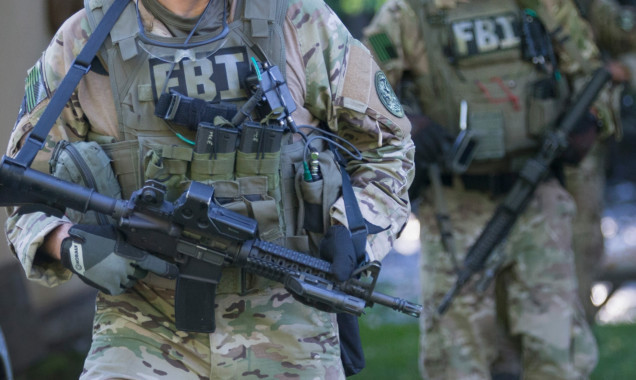The FBI believe an Angus man is the leader of a group behind a series of malicious hoax calls in the United States that has cost law enforcers more than $1 million.
Last week Matthew Tollis, a 22-year-old from Connecticut, pled guilty in court to his part in a series of “swatting” incidents.
Swatting is the practice of making hoax calls to emergency series about an ongoing incident that, typically, produces the deployment of Swat units, bomb squads and other police units.
Tollis stated he is a member of a group of Microsoft Xbox gamers called Team Crucifix or Die (TCOD), which was behind several swatting incidents last year. The FBI thinks the leader of the group who goes under the online identity Verified is from Arbroath.
Among the hoax calls was a bomb threat to the University of Connecticut on April 3 last year, which resulted in a three-hour, campus-wide lockdown.
Other hoax calls, usually made over Skype, were made to Boston Convention and Exhibition Centre, Boston University, two high schools in New Jersey and a high school in Texas.
American investigators believe that Verified is responsible for at least five additional swatting incidents over an eight-month period last year.
The group changed its name to ISISGang at some point last year and it is thought at least one other member of the organisation who goes under the name Declaws is also Scottish.
According to court documents, Tollis became involved with the gang after he was a victim of harassment online. He started following two members on Twitter, thinking it might prevent him from suffering further abuse.
In pleading guilty, he admitted that he identified potential institutions, including University of Connecticut and Boston University, for TCOD members to make the threatening calls.
FBI officers are now liaising with Police Scotland as they try to bring charges against Verified and he could face a lengthy extradition process and a jail term of up to 15 years in the US.
A spokeswoman for the FBI’s Newhaven division said: “Members of TCOD reside in the UK and we continue to coordinate our investigation with law enforcement authorities in the UK.”
A spokeswoman for Police Scotland said: “We are working closely with colleagues in America.”
